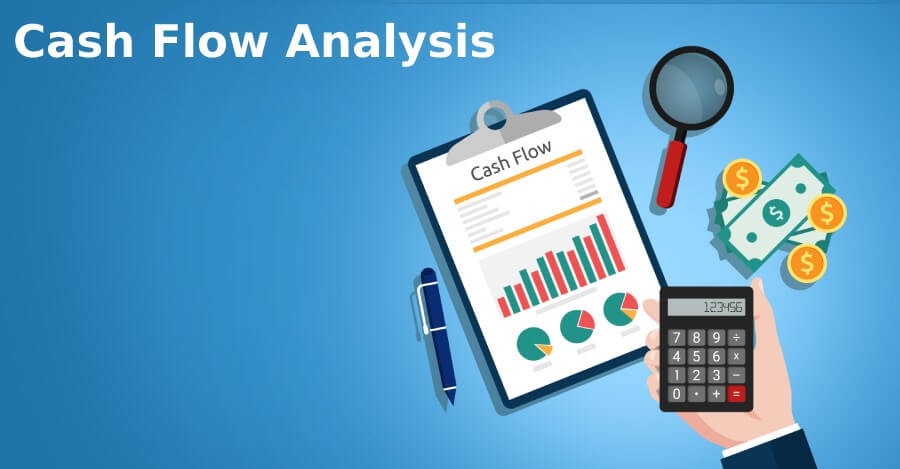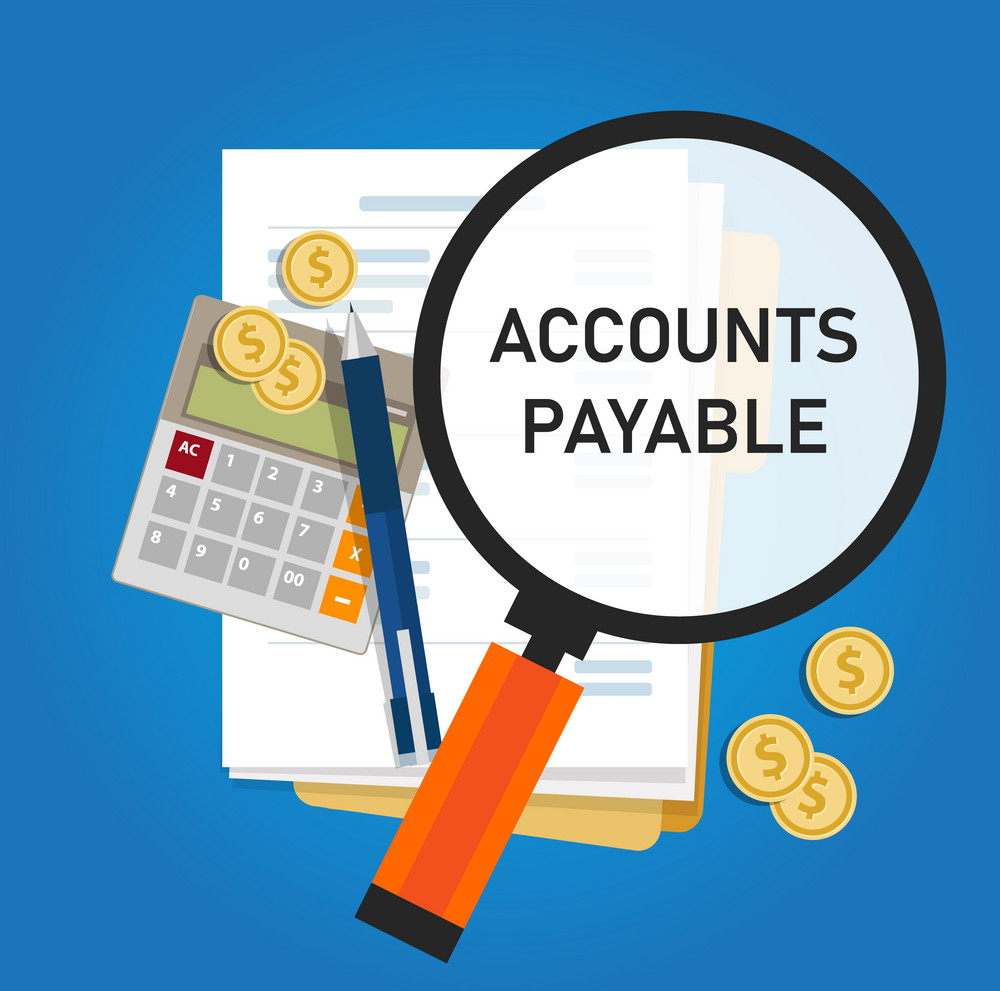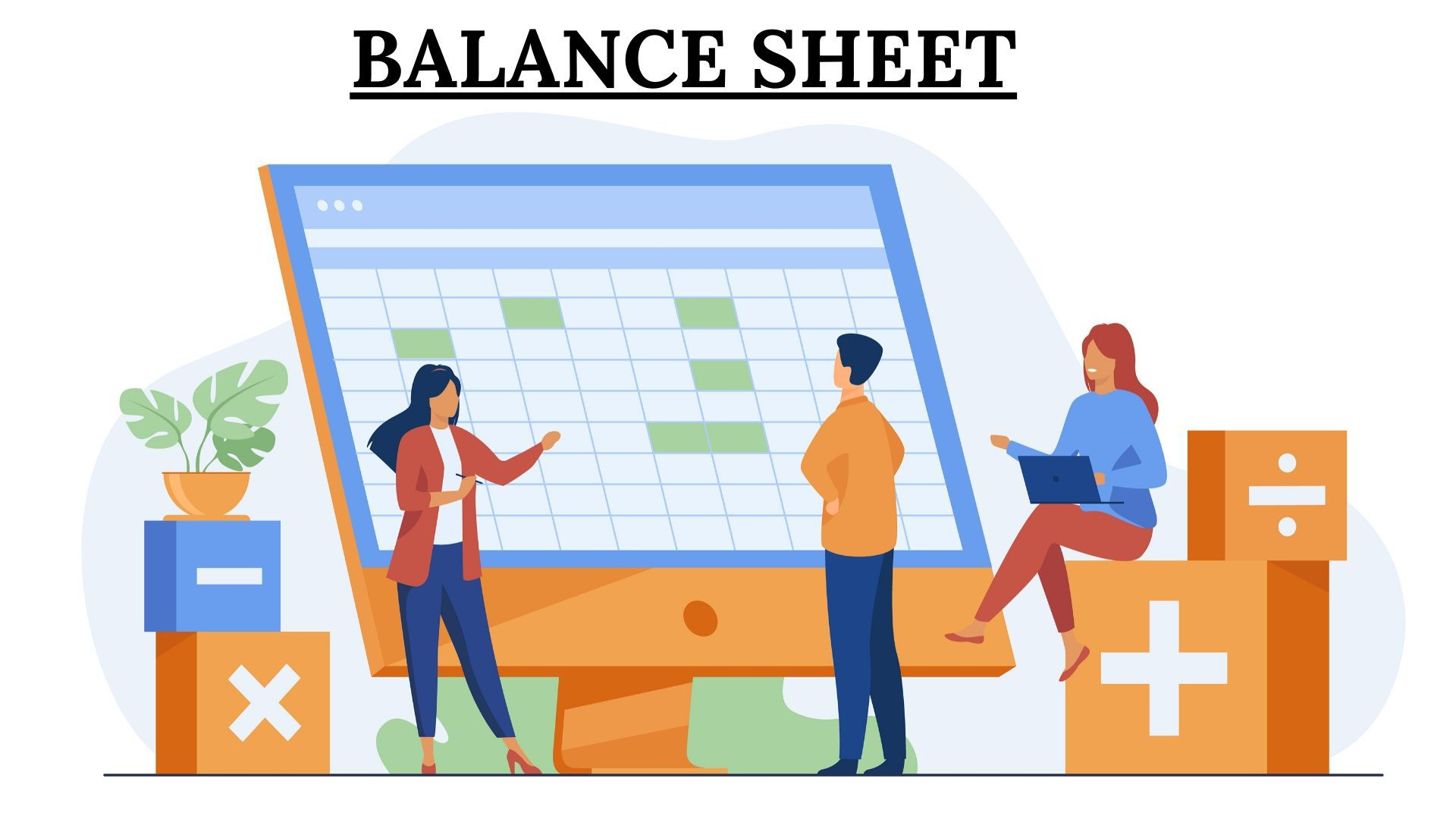Have you ever thought of why some businesses grow and some always struggle to earn a little?
There can be multiple reasons but ‘Cash Flow Management’ is the biggest reason for not getting success in a business.
Did you know?
82% of businesses do not succeed due to poor management of cash flow.
So, how can any business master the art of managing a healthy cash flow to secure the future?
In this post, we’ll take you through a step-by-step journey on how to prepare a Cash Flow Forecast.
Whether you are an experienced entrepreneur or just starting up your business, if you properly understand cash flow, it can change the way you run your business.
Thus, get ready with us as we provide you with the knowledge and tools you need to take your business to heights.
Let’s start.
What Is The Cash Flow Forecast?
Cash flow forecast analysis helps to predict a company’s income and expenses during a particular period.
- They predict how much money will come in and out of your business during a specific period of time.
- It includes sources of revenue and where your money will be spent in the future.
- Furthermore, they include fixed payments such as rent or loan repayments.
- They also include variable payments related to stock inventory, capital expenditure, and cash needed for working capital.
- They predict whether a company will have enough money to continue operating its current business plan or whether more funding is required via loans or new investors.
If a daily cash flow forecast is not prepared correctly, it can mislead you rather than help you. In other words, it is a tool that can make or break your business.
Ten Steps To Follow To Prepare Your Cash Flow Forecast
Step 1: Analyze Your Current Cash Flow
Before predicting your future cash flow, you must be aware of your current cash flow.
It is really essential to understand where you are spending your business money and from where you’re receiving it.
Just take a few minutes to analyze your accounts payable and receivable and get to know what drives cash in or out of your business account.
With the help of Invoicera, this analysis becomes easy. You can manage AP and AR both on a single dashboard.
So, if you find everything at one place, it would be easy for you get a comprehensive view of your cash flow. Hence, you can make better financial decisions in your business.
This will give you an understanding of the limits for how much cash you will have on hand at any given time in any month.
It will show you how much debt financing may be available for working capital versus additional capital expenditures.
Step 2: Forecast Future Receivables
If you generate invoices regularly, you can forecast receivables by applying your historical ratio of accounts receivable to accounts payable. This will give you a view of what your business’s future credit line might look like, and you can use that number in determining how much cash flow will be available when it comes time to pay bills.
Also, consider using invoice software, which can help forecast invoices based on past performance and projected growth. Invoice software offers detailed reports on account activity and connects directly to online payment services, so there’s no need to enter data manually or check to process.
With an online invoice generator, you can take advantage of tools for accepting electronic payments from anywhere at any time.
Step 3: Forecast Future Payables
If you’re anticipating additional invoices that may come due in three months, note them down. By projecting these future payables, you can better determine how much cash will be needed and when. The faster your company brings in receivables, the less money it needs upfront to pay its bills as they come due.
You should also consider whether any enormous expenses are coming up, for example, if you need new machines or equipment and build them into your forecast.
Once again, accountants do all of these calculations for businesses every day, but sometimes we don’t consider what those costs might mean to our business finances until we start calculating our forecasts ourselves.
Step 4: Calculate Your Working Capital Needs
You need working capital to meet your cash obligations and fund growth. It’s also essential to gauge your company’s financial health.
Consider Invoicera’s Multi-Currency & Multi-Lingual feature when calculating your working capital needs.
This allows you to choose from global languages and currencies, facilitating international transactions.
By incorporating this feature, you enhance the flexibility of your working capital, catering to diverse financial scenarios and supporting global business endeavors.
The ratio of current assets (which includes cash, inventory, accounts receivable, and so on) divided by current liabilities (such as accounts payable, accrued expenses, and short-term loans from investors or other entities) will tell you how much working capital your business has available to support.
————————————————————————————————————————————————————————-
Also Read: HOW EXPENSE MANAGEMENT SOFTWARE IS BETTER THAN MANUAL SYSTEM?
—————————————————————————————————————————————————————————
Step 5: Balance Sheet Analysis
We advise you to analyze your company’s balance sheet in alongside your income statement. When creating your startup cash flow forecast, a balance sheet—which is a summary of your financial assets and liabilities as of a specific date, usually year-end—will be a great way to ensure that your assumptions are accurate.
It’s relatively simple to perform. You need to add all your company’s assets (i.e., all things that can be converted into cash) and subtract any debt obligations or other liabilities (i.e., what must be paid with cash). The resulting figure shows how much cash your company has available at that particular time.
This number should be compared with each month’s expected revenue figure over twelve months and compared to your cash expenses for working capital needs.
Remember that operating expenses significantly impact cash flow, and capital expenditures have no immediate effect on cash flows.
Step 6: Develop Statement Of Cash Flows
The statement of cash flows is one of the most important financial statements you can use to help manage your business.
The statement of cash flows provides information about how money flows in and out of your business, from operations, financing, investing, and financing. It lists each type of cash flow or inflow and outflow during a period.
As you develop your statement of cash flows, integrate Invoicera’s Time Tracking feature.
This feature allows you to track and bill every hour, providing a detailed insight into the time invested in various aspects of your business operations.
This information contributes to a more accurate representation of how money flows through your business, aiding in effective cash flow management.
This information can indicate whether your company will have enough money for day-to-day operations or will have to rely on new investment sources for additional funding needs.
Step 7: Pay Off High-Interest Debt 
Paying off high-interest credit cards or other debt should be your primary step when preparing your cash flow.
This will save you from paying unnecessary interest charges and provide you with more cash for other financial endeavors.
As you prioritize paying off high-interest debt, leverage Invoicera’s Online Payments feature. With 30+ integrated payment gateways, this tool streamlines the payment process, helping you save money and optimize your cash flow.
By incorporating efficient online payment methods, you ensure that funds are allocated strategically, contributing to improved financial health.
You can also use an online budget spreadsheet or Cash Flow Software to track your income and expenses accurately.
This way, you can save money by tracking your income and expenses, helping you to get ahead financially. Save money today with online cash flow management tools!
Step 8: Create An Average Monthly Figure
You must create an average monthly figure when determining your cash flow forecast.
A single transaction could distort your forecast if it were so large that it didn’t fit within your average. So, avoid skewing your results by creating a stable average monthly figure based on your transactions.
While creating an average monthly figure, utilize the Invoice App for Android by Invoicera.
With the help of the Invoicera mobile app, you can deal with your invoicing while on the go and be confident that your cash flow estimates are reliable and accurate in regard to the state of your company’s finances.
Establishing an average monthly amount will also help your company better understand its cash flow and help you prepare for future variations.
Step 9: Calculate Net Income (or loss)
Calculate your net income (or loss) for each month. This is your total sales minus your business expenses. You can use cash flow software for step 9 or add up all of your costs and subtract that from all of your receipts to get an approximate number for each month.
Whichever method you choose, ensure that every line item expense is included.
If you don’t have any revenue yet, just keep track of expenses as they come in so that you will be able to compare them once revenues start rolling in.
———————————————————————————————————————————————————
Also Read: 10 Ways to Prepare a Cash Flow Statement Model That Actually Balances
———————————————————————————————————————————————————-
Step 10: Review, Monitor, Adjust, Repeat
Once you are done with steps 1-9, you should have a monthly cash flow forecast. Now, sit back and have a look at it. This is where you can check the consistency of your business’s cash flow.
If you see gaps, increasing or decreasing trends in income or expenses, or anything else out of whack, that’s when step 10 comes into play: monitor, adjust and repeat.
The whole process repeatedly happens until your numbers are right on target every month. Cash management is all about monitoring adjustments, so don’t be afraid to go through these steps again if you need to and make those necessary changes.
Invoicera Best Invoice Software
Invoicera, renowned as one of the best invoice software solutions, empowers businesses to streamline their financial processes.
With its user-friendly interface and robust features, Invoicera facilitates not just invoicing but also aids in maintaining a comprehensive view of your cash flow.
Here are key features of Invoicera, the best invoice software, relevant to mastering financial stability and preparing your Cash Flow Forecast:
-
Automated Invoicing:
Invoicera streamlines the invoicing process by automating recurring tasks, ensuring invoices are generated and sent out promptly.
This feature saves time and reduces the risk of overlooking essential billing cycles.
-
Expense Tracking:
Effectively managing expenses is crucial for accurate cash flow forecasting.
Invoicera allows users to track and categorize expenses effortlessly, providing a comprehensive overview of financial outflows and helping businesses make informed decisions.
-
Customizable Invoice Templates:
Personalization is key, and Invoicera offers customizable invoice templates.
Tailor your invoices to reflect your brand identity, creating a professional image that can positively impact client relationships and payment timelines.
- Time Tracking:
For businesses that charge clients based on hourly rates, Invoicera’s time-tracking feature is invaluable.
It allows you to monitor billable hours accurately, ensuring that your invoicing aligns with the time spent on projects.
-
Multi-Currency Support:
Dealing with customers and suppliers in various currencies is typical in the global business environment.
With Invoicera’s multi-currency support, creating invoices and managing payments in the appropriate currency for each transaction is simple.
-
Payment Gateway Integration:
Invoicera integrates seamlessly with various payment gateways, facilitating faster and more secure online payments.
This feature enhances cash flow by reducing the time it takes to receive payments, positively impacting your financial stability.
- Financial Reports:
To master financial stability, you need insights into your financial performance.
Invoicera provides detailed financial reports, including profit and loss statements, clearly understanding your business’s financial health.
These reports are invaluable when preparing your Cash Flow Forecast.
Conclusion
New business owners should know that making financial forecasts isn’t easy. There’s no single method that works for everyone. That’s why it’s important to get advice from experts who understand your industry. They can help you start your business on the right track.
Cash flow software can be valuable in helping you do just that. Once your plan is written down and in black and white, it’ll be more accessible than ever to identify ways you might improve your business before you go into any official debt or hire any employees.
We hope you liked our ten steps to Prepare a Cash Flow Forecast. If so, please share it with your friends and colleagues.
Also, don’t forget to give your suggestions in the comment section and subscribe to our blogs for more interesting posts.
Till then
Thank you for being with us.
FAQs
Is Invoicera ideal for freelancers and small-scale companies?
Of course! Invoicera is suitable for all businesses, from freelancers to big companies, with their accounting tasks.
How much safe are Invoicera’s online payment options?
Security is Invoicera’s top priority. Since trusted gateways handle online payments, you can be sure that the transactions you make are secure and encrypted. Invoicera protects your private information by following industry standards.
Is it possible to alter the appearance of my bills using Invoicera?
You certainly can! With Invoicera’s custom-built invoice templates, you can make invoices that perfectly match your brand.
How to forecast cash flow statement?
How to forecast future cash flows?
Forecasting future cash flows typically involves analyzing historical financial data, considering market trends, and incorporating predictive analytics to estimate future revenue and expenses.
What specific information would you need to begin a cash receipts forecast?
To initiate a cash receipts forecast, one requires a detailed analysis of historical sales data, segmented by payment methods and timelines, alongside an updated projection of future sales based on current market trends and consumer behavior insights.












